These tips are for people who are new to hangboarding, NOT new to climbing. If you’re new to climbing you are better off using your forearm energy to practice movement drills and climb on a variety of terrain, its way more fun anyway. Onward.
1. Do it
Look, if you want to get strong you have to train. Paling around in the gym, hopping on this or that, is not training. Hanging from the pocket of the board as you walk past and doing a half pull-up, realizing “fuck that’s really hard”, tweaking your finger, and hoping no one saw you bail on the rep, is not training. That crimp coffee mug, yeah, not training. There is nothing wrong with not training; enjoy where you’re at, don’t get frustrated with your plateau, and don’t compare yourself to those who work hard to climb hard. However, if you want to unlock new terrain, more aesthetic lines, and juicier humble brags you’re gonna have to do it. Now is the time. Yes, NOW.
2. Pick a plan and stick to it
Consistency is key. There are a million routines out there in print and online. Pick one and stick to it for a full cycle of workouts (8-10) before adjusting course. It’s easy to get paralyzed by too much information and if you keep making changes you will not improve. I’m a fan of books as sources I want to be accurate, The Rock Climber’s Training Manual, and Training for Climbing are top assets. Be wary of internet routines, although some are quality, as they may lack context that is specific to you as a beginner. What works for Megos or Puccio, is probably not your best bet.
3. Warm up
If you don’t warm up before climbing or training you’re wrong, sorry. Swinging your arms around 10 times is not a warm up. Touching your toes is not a warm up. Statically stretching your fingers (pulling back and holding) is definitely not a warm up. So what’s a warm-up? Get your heart rate up, dynamically prep your shoulders and elbows for coming stress, and do some traversing on a variety of holds. Remember: I’m just an idiot with a website and an opinion, don’t listen to me, do some research, find something you believe in, and execute.
4. Remove weight
You NEED to be able to remove weight in order to complete sets, improve gradually, and prevent injury. Who is going to get stronger, the guy at the gym who yanks on a 100lb dumbbell stuck on the ground, or the guy who does 3 sets of 10 reps at 10 pounds and gradually works his way up? Who is more likely to get injured? Okay, you’ve succumb to my flawless argument and analogy, so how to remove weight? The best method by far is a “pulley” system and some heavy stuff like bricks, gallons of water, or an honest conversation with yourself about your value as a human being. I’d recommend either proper (expensive) climbing pulleys, or just simple HMS carabiners. Pulleys found at the hardware store for $7 are NOT pulleys, trust me. Other options for removing weight include putting your feet on a chair behind the board or standing in strong resistance bands. These choices are not measurable and will affect your consistency, your ability to see improvement, and therefore, your motivation.
5. Leave your hands on the board between reps
I find that when I take my hands off the board during my 5 second rest between each hang I’m always in a rush to get them back on. I often end up with them in a more painful position, do more damage to my skin, and “fall” into the next hang instead of easing in. I recommend leaving your fingers on or just above the hold during your rest so that you can quickly and easily get right back into a hang at the correct time. This tip is especially important for dangling boards such as Metolius Rock Rings or an Awesome Woody’s board.
6. Check your skin after every set
Your skin is going to get worked on a hangboard, but it gets stronger after a few workouts. Take care of your skin by using a sanding block or Emory board after your warm-up and in between sets as needed. The goal with this isn’t to remove calluses or toughen up your skin, it’s to reduce any irregularities or protrusions that could catch on a hold as you’re slipping off (causing a flapper). You can continue to train on all but the worst skin injuries if you tape it properly, have the drive to achieve your goals, and crank the tunes.
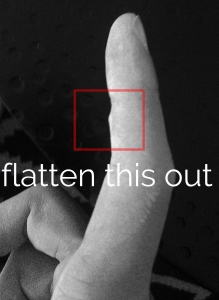
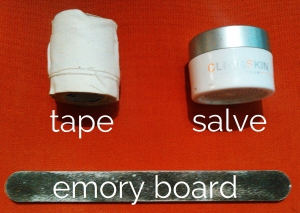
7. Keep track
If you’re not keeping track of your workouts you’re just exercising, not training. Being able to clearly see improvement from week to week is super motivating and a written record will help you stay consistent with your routine. Keep track of your bodyweight, the holds used, the resistance applied (i.e. “minus 20lbs”), and how each set felt. I use the terms Solid, Tough, Barely, and Fail to describe each set. Solid means I could have continued to hang after the last rep. Barely means I was failing as the last rep finished. Tough is in between, and Fail means I couldn’t finish the set of hangs. I use these terms to guide how I may change resistance in the next workout.
8. Recover
Increases in strength are made while you are recovering after a workout, not while you’re working out. Just like warming up, if you’re not resting and actively recovering, you’re doing it wrong. After a workout stretch the involved muscles, massage them, and if you really want to avoid tendonitis, ice your damn elbow. Ice packs or bags of ice work well but I like to fill a plastic bin with ice water and soak each arm for at least 5 minutes. Try it, I’ve found it incredibly effective at getting my elbow ready for the next workout.
9. Make do
If you have a door frame with a sturdy edge, a chair to put your feet on, and the ability to count to ten, you have all the tools for stronger fingers. Your brain is amazing at creating obstacles to keep from doing something uncomfortable. You don’t have the perfect hangboard, your finger doesn’t feel awesome today, you might go climbing tomorrow, you didn’t eat a good lunch, and on and on. You either want something bad enough to overcome the challenges, or you don’t want it.
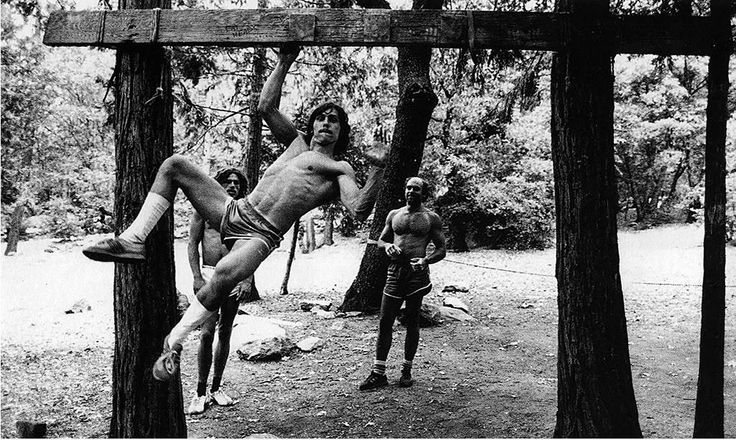
10. Brag tactfully
Okay so you did something that makes you better than everyone else, go directly to Facebook and brag right? Not so fast, a study has shown that people who post on Facebook about their workouts are narcissists. Why did I even workout if I can’t show off? It’s okay I got your back. The study was done specifically on Facebook. Therefore, Instagram remains unstudied and therefore grants plausible deniability of your excessive infatuation with yourself. I prefer Snapchat, equally unstudied, and no evidence remains for future scrutiny, perfect.
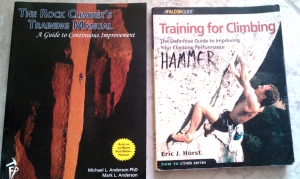
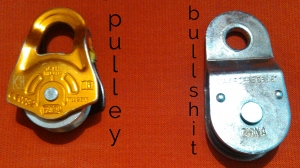


2 Responses
Hilarious man- good work . Just shamed me into getting off my ass
Thanks bud. Damn right! If ya ain’t training yer diein’!